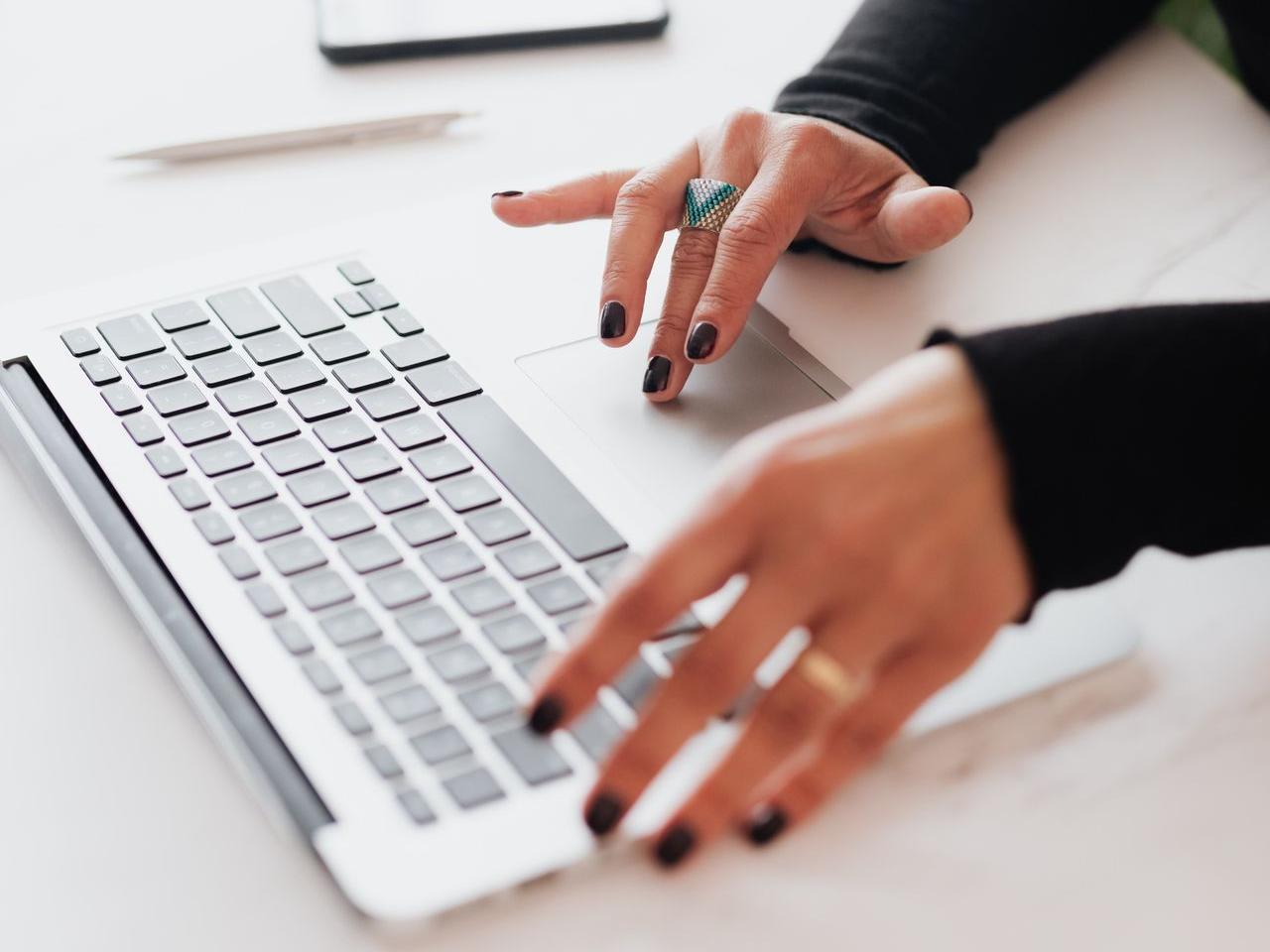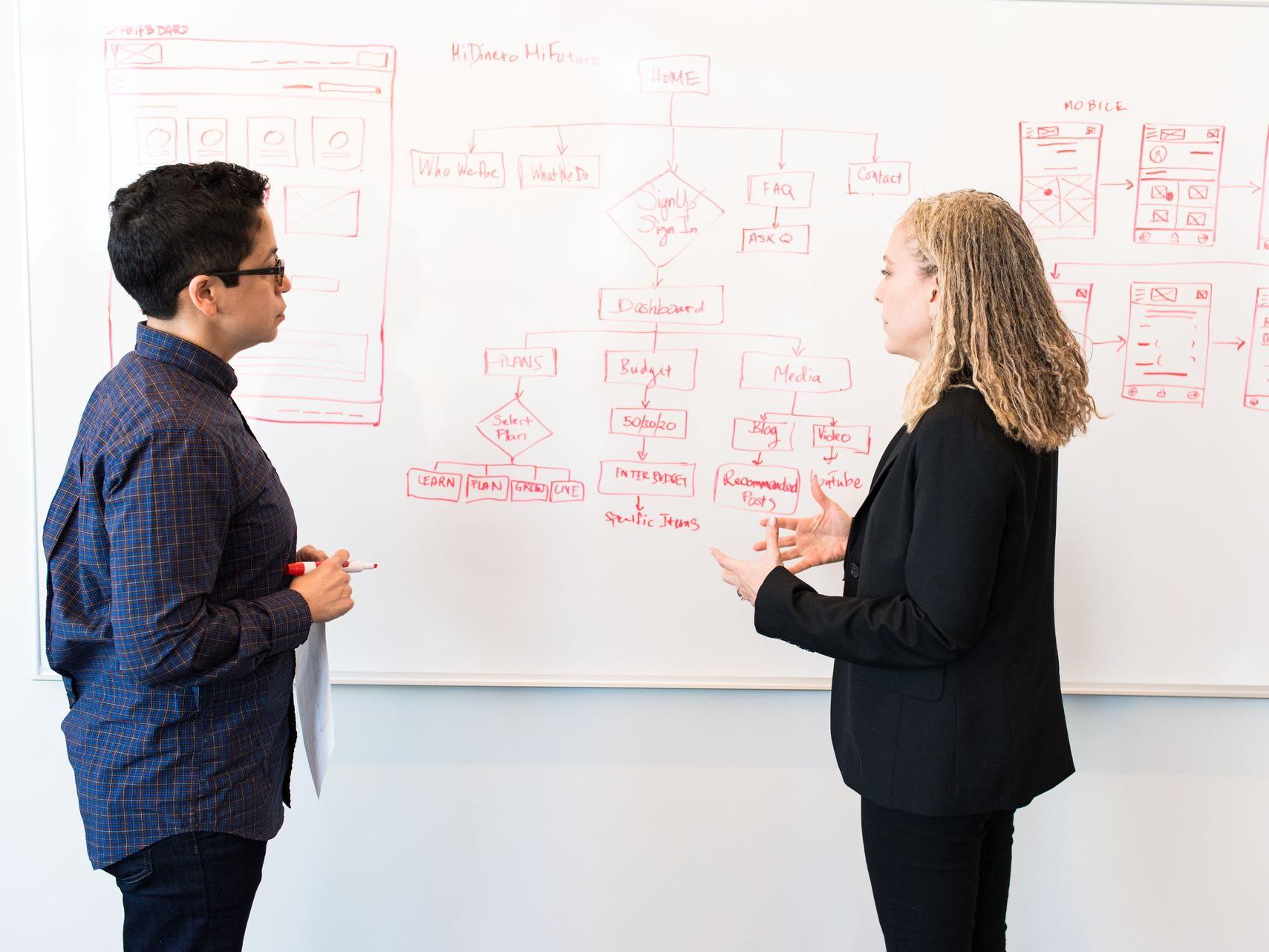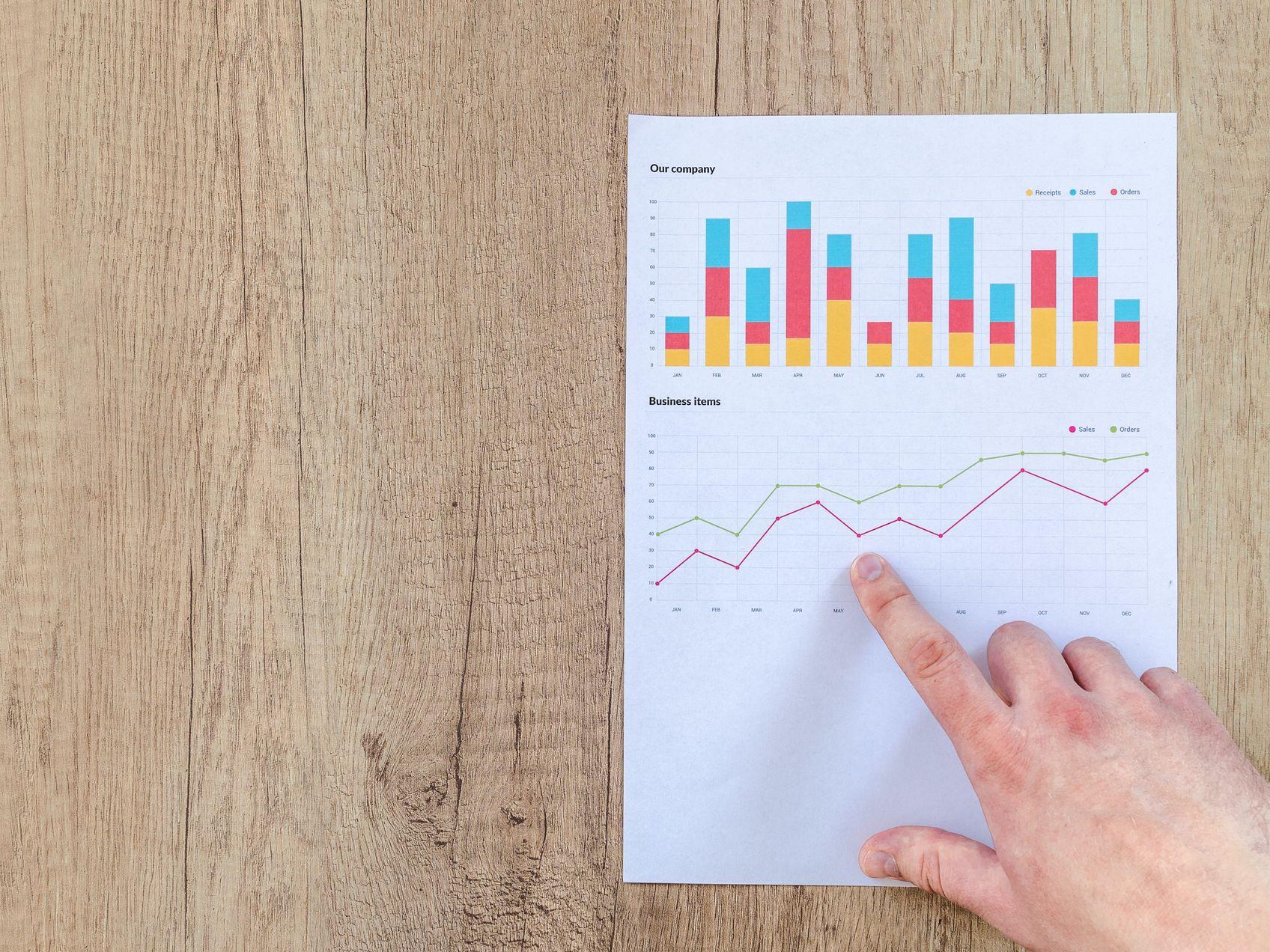
Project Overview
SAYF is a personal safety mobile application that pairs with a Bluetooth low-energy button. The aim is to help notify loved ones when the user is in an emergency. The solution is compact, lightweight, and designed for portability, allowing users to carry it effortlessly in their pocket, bag, or attach it to keys or belongings
Problem Statement
In light of rising crime rates and a growing need for individuals to stay connected with their loved ones, the SAYF app was designed to provide a simple yet effective means for users to notify their emergency contacts when in danger, along with sharing their GPS location


Goals and Objectives
The goal was to create a solution that users could access swiftly, even in high-pressure situations. The core objectives included quick access to emergency contacts, real-time GPS tracking, and designing an accessible interface for users with diverse abilities.
Research and Planning
Extensive market research and user interviews were conducted to understand the challenges faced by individuals when it comes to personal safety. This information was used to create user personas that guided the design process.

Design and Development Process
The application was developed using Flutter due to its scalability across various platforms, including Android, iOS, Linux, and Windows. The backend was designed using Flask with a PostgreSQL database. Key screens of the application included the main screen, Edventure detail screen, virtual tour screen, and interactive item detail screen.
The UI/UX design, colors, fonts, and other elements were designed by Sinead Hamel-Smith, using Adobe XD.

Challenges and Solutions
A primary challenge we encountered during the development of SAYF revolved around the management of permission requirements on iOS devices. To overcome this hurdle, we needed to ensure the app conformed to Apple's stringent guidelines on app permissions.
To address this issue, we implemented a combination of technical and design solutions. On the technical side, we made sure to only request the absolute necessary permissions from users, and to do so in a way that was transparent and respectful of their privacy. We spent significant time refining our code and working closely with the iOS system to ensure our app was fully compliant.
On the design side, we focused on the user experience. We explained clearly to users why we needed each permission, and what functionality it would enable within the app. We also made sure to request permissions in context and at the optimal moment, rather than all at once at the beginning, to avoid overwhelming users and reducing the chance of them denying necessary permissions.
These combined efforts allowed us to successfully navigate the permission challenges on iOS devices, ensuring our app was not only functional, but also user-friendly and respectful of our users' privacy.
Results and Impact
We were successfully able to conceptualize, design and develop SAYF. The business owners are currently in a closed beta test where the app and button are tested in real-world environments before the app is launched for Trinidad and the wider region.


Learnings and Reflections
This project served as a profound journey into the complexities of mobile development, particularly in regard to the harmonization with pre-existing hardware devices. Additionally, it underscored the critical importance of conducting comprehensive testing, not only of the software in isolation but also its integration within real-world scenarios. The need to thoroughly evaluate our solution under authentic conditions, that closely mirror the diverse range of environments and situations our users might find themselves in, became a salient point of learning. Such rigorous testing allowed us to refine and ensure the reliability and effectiveness of our product, ultimately contributing to the safety and confidence of our users.